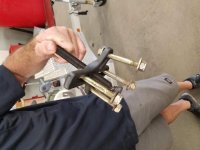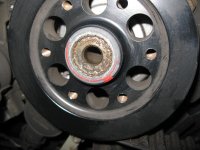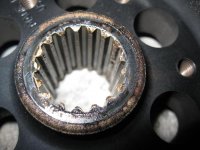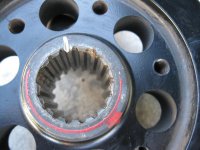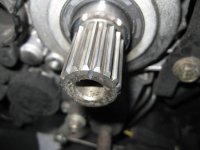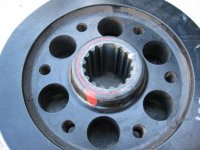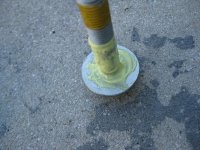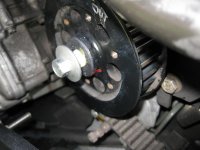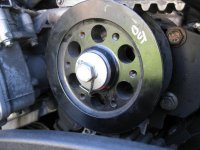They have not discontinued the separate washer and bolt. Both forms are still available to order and are prescribed for different years. While I do not know all of them, I can tell you the 2015 F3 uses the separate washer and bolt, the 2016 and newer specifies the one piece. The parts look up for the 2015 has not been updated to show a superseded part.
Inquiring through BRP tech help at the dealer, dealer was told to replace like for like as shown in the parts lookup and not to update an older bike to the newer part but gave no reason.
On another note, I found out how they got my pulley off. Using a harmonic balancer puller with bolts through the holes in the pulley. The were able to get nuts on the bolts behind the pulley one at a time using a bent closed end wrench to hold the bolt. Wish I had thought of that. But they were great about it.
View attachment 163924

